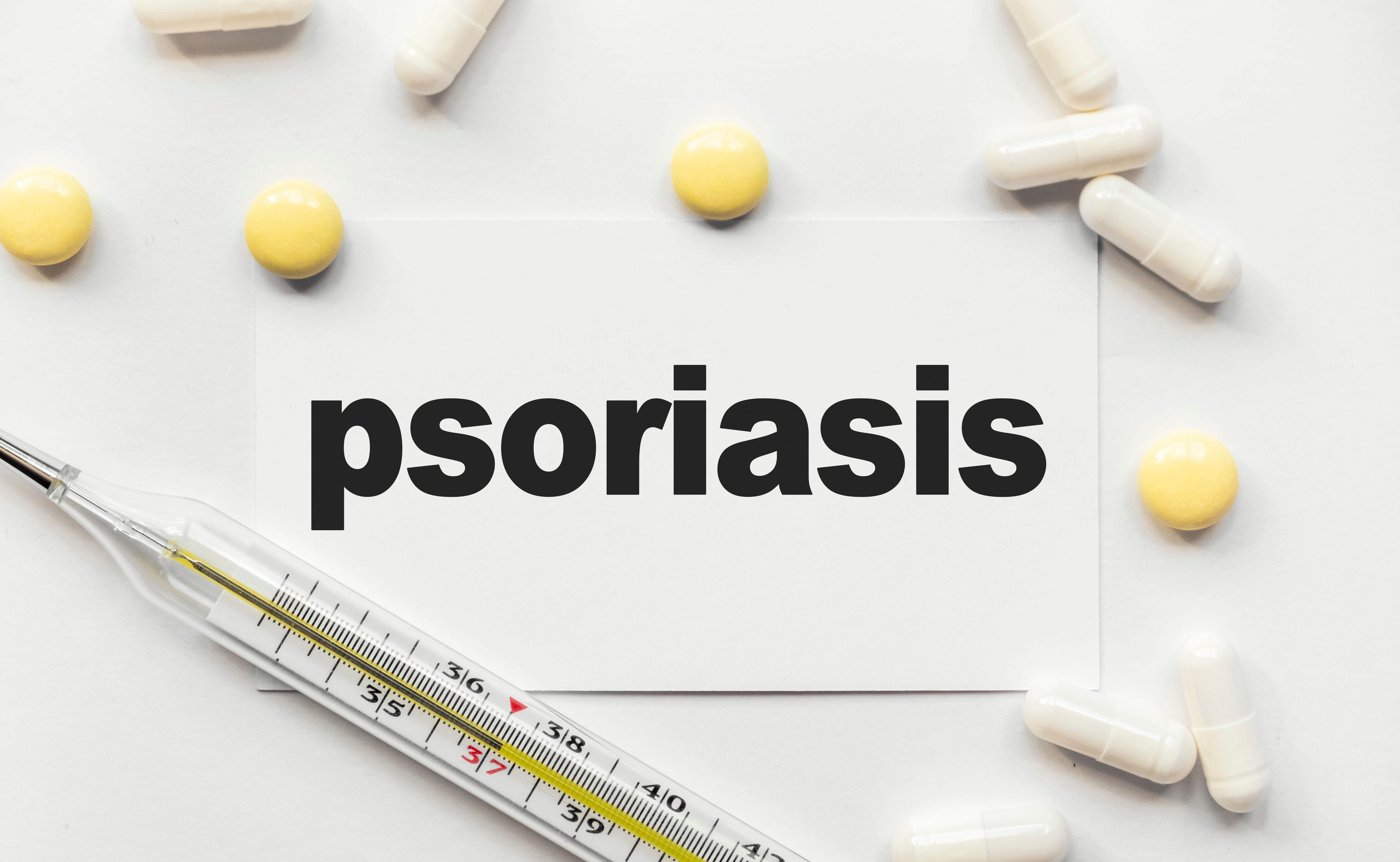News
Article
Stress Hyperglycemia Ratio Linked With All-Cause Mortality in Patients With Psoriasis
Author(s):
Key Takeaways
- Higher SHR values correlate with increased all-cause mortality risk in psoriasis patients, underscoring its prognostic significance.
- The study utilized NHANES data, involving 288 psoriasis patients, revealing a 10.937-fold increased mortality risk in the highest SHR tertile.
A new study aimed to explore the role of stress hyperglycemia ratio (SHR) in predicting mortality risks for patients with psoriasis.
Stress hyperglycemia ratio (SHR) may play a role in predicting long-term all-cause mortality among patients with psoriasis.1 The study identified a relationship between SHR and all-cause mortality, with higher SHR values linked to increased mortality risk.

The prospective cohort study is published in Scientific Reports.
“Overall, this study underscores the notion that psoriasis is more than just a skin condition, highlighting SHR as a significant predictor of poor long-term all-cause mortality among psoriasis patients,” wrote the researchers of the study. “These findings can guide rapid screenings and facilitate more intensive medical care for those psoriasis patients at risk.”
Stress hyperglycemia is a common condition in critically ill patients and appears to be a marker of disease severity.2 Although some clinicians, researchers, and policy makers believe this association to be causal, leading to the widespread adoption of protocols to achieve tight in-hospital glycemic control, literature has demonstrated that such attempts in both intensive care unit (ICU) and non-ICU patients do not improve health care outcomes. Therefore, some researchers have hypothesized that hyperglycemia and insulin resistance in acute illness settings is an evolutionarily preserved adaptive responsive that increases the host's chances of survival.
The current study utilized data from the National Health and Nutrition Examination Survey (NHANES), a cross-sectional program conducted by the National Center for Health Statistics (NCHS) to assess the health and nutrition of the US population.1 The cohort consisted of 288 patients with psoriasis selected from a total of 50,939 individuals surveyed between 2003 to 2006 and 2009 to 2014. Exclusion criteria included individuals younger than 18 years, those without complete SHR data, and those lacking psoriasis or mortality data.
The primary outcome of this study was all-cause mortality among patients with psoriasis, assessed through long-term follow-up data, with mortality causes categorized according to the International Classification of Diseases, Tenth Revision (ICD-10).
The cohort had a nearly balanced gender distribution (47.6% male) and an average age of 49.41 years. Higher SHR values were linked to increased body mass index, waist circumference, education levels, and prevalence of diabetes, along with higher fasting plasma glucose and hemoglobin A1C levels.
Among 288 patients with psoriasis, 38 all-cause deaths occurred during a mean (SD) follow-up of 112.13 (45.154) months. Additionally, SHR was a significant predictor of mortality risk, with the patients in the highest SHR tertile showing a 10.937-fold increased risk of mortality even after adjusting for confounders.
However, the researchers acknowledged some limitations to the study. Firstly, the relatively small sample size may have limited the robustness of our findings, underscoring the need for larger studies to validate these results. Secondly, the study's US-centric population restricted generalizability to other global populations with different ethnic backgrounds. Selection bias may also have been present, as individuals missing complete data were excluded, potentially skewing the sample.
Despite these limitations, the researchers believe the study succeeded as the first to identify an association between SHR and all-cause mortality in patients with psoriasis.
“The study identified a cut-off value for predicting poor clinical outcomes and demonstrated a U-shaped correlation between SHR and clinical endpoints,” wrote the researchers. “These findings contribute to a more reliable and cost-effective stratification of high-risk psoriasis patients.”
References
1. Tuersun G, Alifu J, Qu Y. et al. The prognostic impact of stress hyperglycemia ratio for all-cause mortality in patients with Psoriasis. Sci Rep 14, 26113 (2024). https://doi.org/10.1038/s41598-024-77019-z
2. Marik PE, Bellomo R. Stress hyperglycemia: an essential survival response! Crit Care. 2013;17(2):305. March 6, 2013. Accessed November 7, 2024. doi:10.1186/cc12514.





